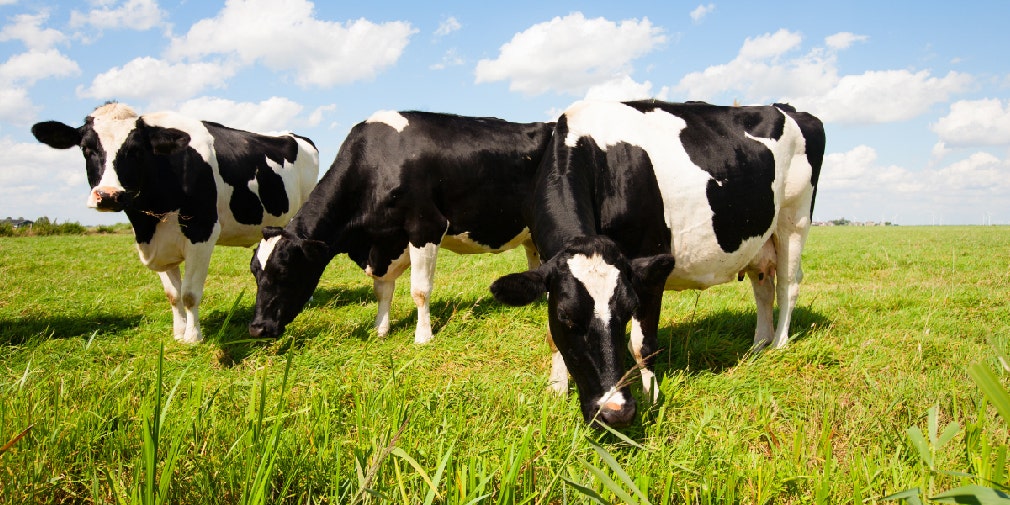
Magnesium supplementation
Preventing grass staggers this spring
John Lawrence, Mineral Supplements Technical Manager
Failure to provide magnesium supplementation to cattle prior to turnout can prove deadly as the demand for magnesium can outweigh the availability in the rapidly growing grass, leading to grass staggers (hypomagnesaemia). Once the condition takes hold it can be difficult to treat making prevention before turnout vital.
Why grass staggers occurs
Grass staggers occurs when the supply of magnesium to the animal is lower than the output (e.g excreted in milk) and because ruminants cannot store magnesium they rely on daily dietary intake.
The relationship between potassium and magnesium is critical to the health of stock at grass. Potassium reduces the absorption of magnesium. However, this relationship is indirect as it is the suppression of sodium uptake in grass by high levels of potassium that is the critical factor.
Sodium (salt) is essential for the transport of magnesium across the rumen wall. Through its effect on sodium, potassium exerts an adverse influence on magnesium. This is why it is important to always have sodium available for stock at grass.
Magnesium uptake can be an issue at turnout because of:
• Changeable spring weather; particularly wet spells, which can reduce intake.
• Rapidly growing grass, which can contain very low levels of magnesium. In addition, lush pastures are low in fibre and increase the rate of passage of food material through the rumen, reducing absorption time.
• Potassium suppressing sodium uptake in grass which reduces the availability of magnesium.
• Fertiliser application; in particular high levels of potassium in potash fertilisers and high levels of ammonia from nitrogenous fertilisers can inhibit magnesium absorption.
• Wet or high protein grass, which reduces magnesium absorption.
Grass Staggers is preventable by:
• Supplying the correct level of magnesium every day (whilst turnout is a high-risk period, stock require magnesium 365 days of the year)
• Providing free access salt at all times to all stock, especially when they are grazing (this can be ground rock salt, lump rock salt or a manufactured salt lick).
Magnesium can be supplied in a number of ways:
For best results magnesium should be included in the diet in some way to ensure each animal receives the correct rate.
• Incorporate calcined magnesite (Cal-Mag) into the ration, either by inclusion in a total mixed ration (TMR) or in a suitable dairy compound containing an appropriate level of magnesium (ideally 0.6%magnesium in a cake fed at no less than 6kg/head/day)
• You can also incorporate a high magnesium mineral into the TMR or other ration component such as a homemix.
Free access high magnesium products are the least reliable as you cannot be sure of intake levels. When you are using this option try to minimise the risk by using two or three different sources (high mag minerals, high mag licks or molasses, high mag blocks etc).
Magnesium Chloride is a useful option too; either incorporated in the feed or supplied via the drinking water.
Symptoms of staggers
• Ear twitching
• Muscle tremors, staggering
• Loss of appetite
• Reduced milk yield
• Sudden death
Nutri-LINK® High Mag Cattle Minerals
This can be added to feed or used free access to provide 150-175g per head per day. Available from all Mole Valley Farmers’ stores or delivered direct to farm in 25kg bags.
For more information on magnesium supplementation, call your local Nutritionist or contact the Mineral Line on 01278 420481 or [email protected].









